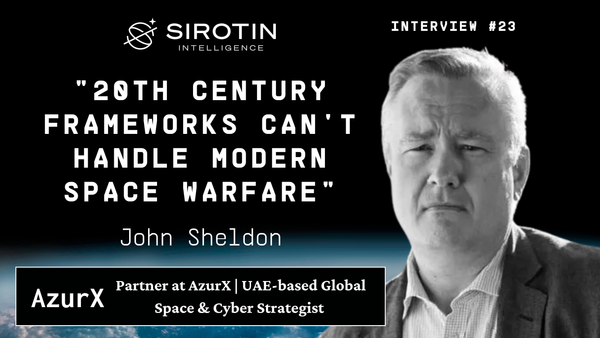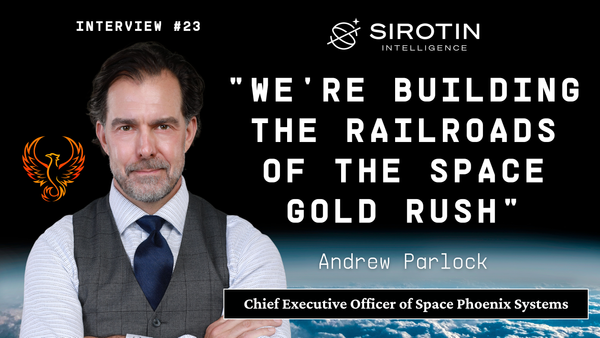"The Space Cyber Security Market Is Our Niche": Head of Space at Estonia's Ministry of Economic Affairs Paul Liias on Estonia's Digital Advantage & How a Nation of 1.3 Million Is Reshaping European Space Policy
Estonia's Head of Space Paul Liias explains how the small Baltic nation is leveraging its digital expertise to become a leader in space cyber security and reshape European space policy.
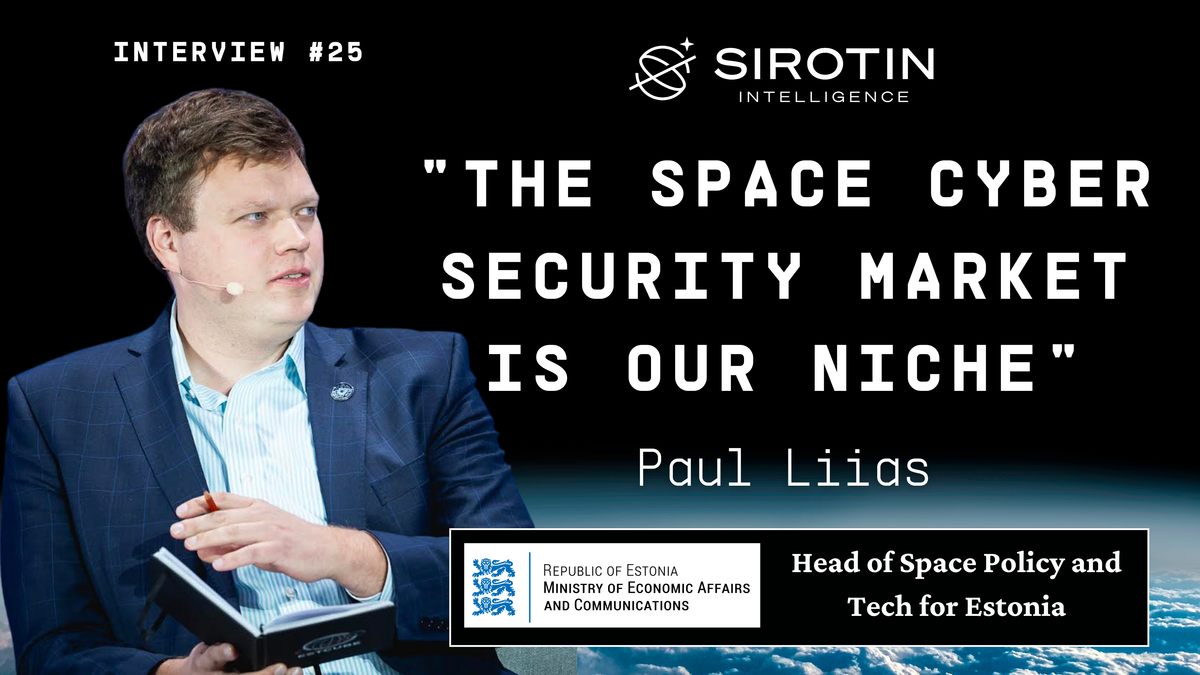
In the northeast corner of Europe, a tiny Baltic nation of just 1.3 million people is quietly revolutionizing space technology. With no legacy systems to slow them down and armed with world-renowned cyber expertise, Estonia is rapidly establishing itself as a formidable space player. Leading this digital space revolution is Paul Liias, a mechanical engineer who joined his country's first satellite project as a university student and now orchestrates Estonia's ambitious space strategy from the highest levels of government.
As Estonia celebrates ten years of European Space Agency membership, Liias is building a future where the country's digital DNA becomes the backbone of secure space missions worldwide. His vision isn't constrained by tradition or history—instead, he's creating space legislation that anticipates lunar missions, tackling the complex challenges of space debris ownership, and pioneering the intersection of gaming and space technology. In a domain where the smallest countries have traditionally been spectators, Estonia is proving that innovation, not size, determines influence in the new space age.
You joined the ESTCube-1 project as a student in 2008. What initially sparked your interest in space, and how did that first satellite project shape your career path toward space policy?
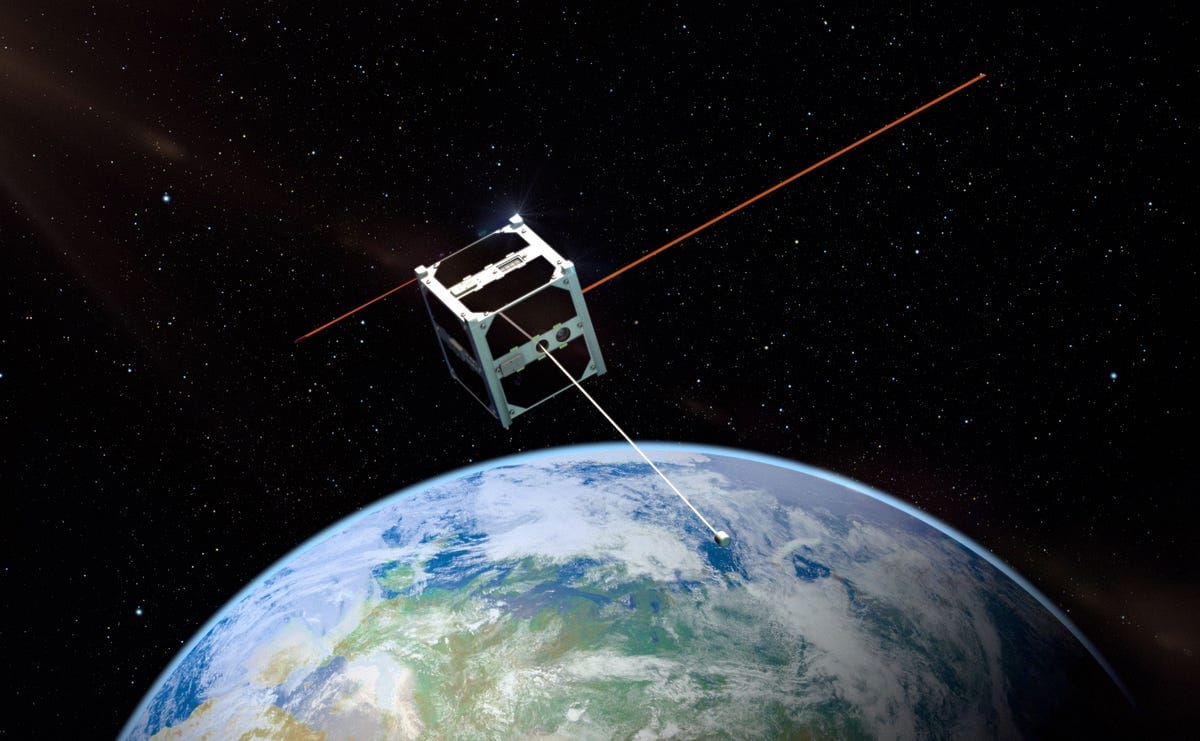
Initially, my focus was more on aviation and mechanical engineering. However, my interest shifted significantly when I visited the Berlin Air Show (ILA) in 2008. At the event, I not only explored aviation but also discovered that space was equally fascinating. This experience inspired me to delve deeper into the space sector. Coincidentally, the same year marked the beginning of Estonia's first student-centered space project, providing an ideal opportunity to gain practical engineering experience—something that was otherwise challenging to find in Estonia at that time.
Joining this student project allowed me to acquire hands-on experience. As often happens in the space field, the more involved you become, the more captivating it gets. The deeper I got into the work, the more intrigued I became, leading me to remain deeply engaged in the space domain ever since.
Estonia is relatively new to the global space scene compared to traditional space powers. What unique perspectives or advantages does Estonia bring to European space governance in your roles with ESA and EU space programs?
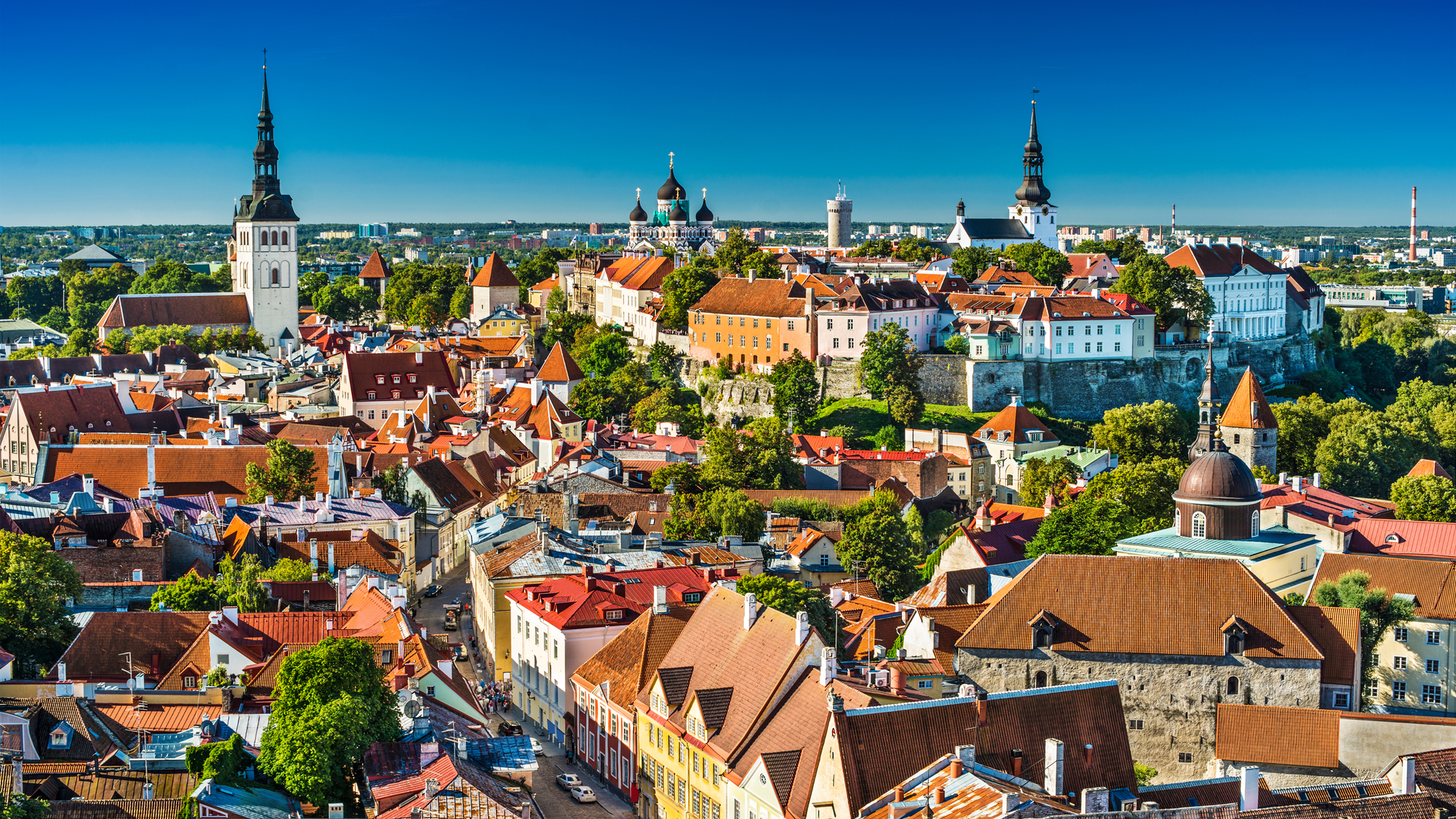
Estonia is primarily recognized for two things: digitalization and strong cyber security expertise. When we began developing our space policy, a key task was figuring out how to leverage our ground-based knowledge of digitalization and cyber security into the space domain. Instead of competing with established actors in Europe or the US by creating redundant technologies, we aimed to contribute something unique.
We found our niche in the emerging sector of space cyber security. By applying our 20-30 years of expertise in digitalization, we've improved space data utilization, developed new services, and enhanced mission control systems.
Another advantage Estonia possesses is the absence of legacy systems in our space sector. Without legacy constraints, we can move faster and adapt quickly because we have nothing to lose and everything to gain. While established space nations have experience, they sometimes face limitations from historical approaches, whereas Estonia can focus entirely on innovation and future-oriented solutions.
You founded the Software Defined Space Conference in 2021. What emerging trends in software-defined space technologies do you find most promising, and how might they reshape the industry in the coming years?
One of the most promising trends is software-defined satellites, which allow missions to be reconfigured while the satellite is already in orbit. This capability maximizes hardware utility through software updates.
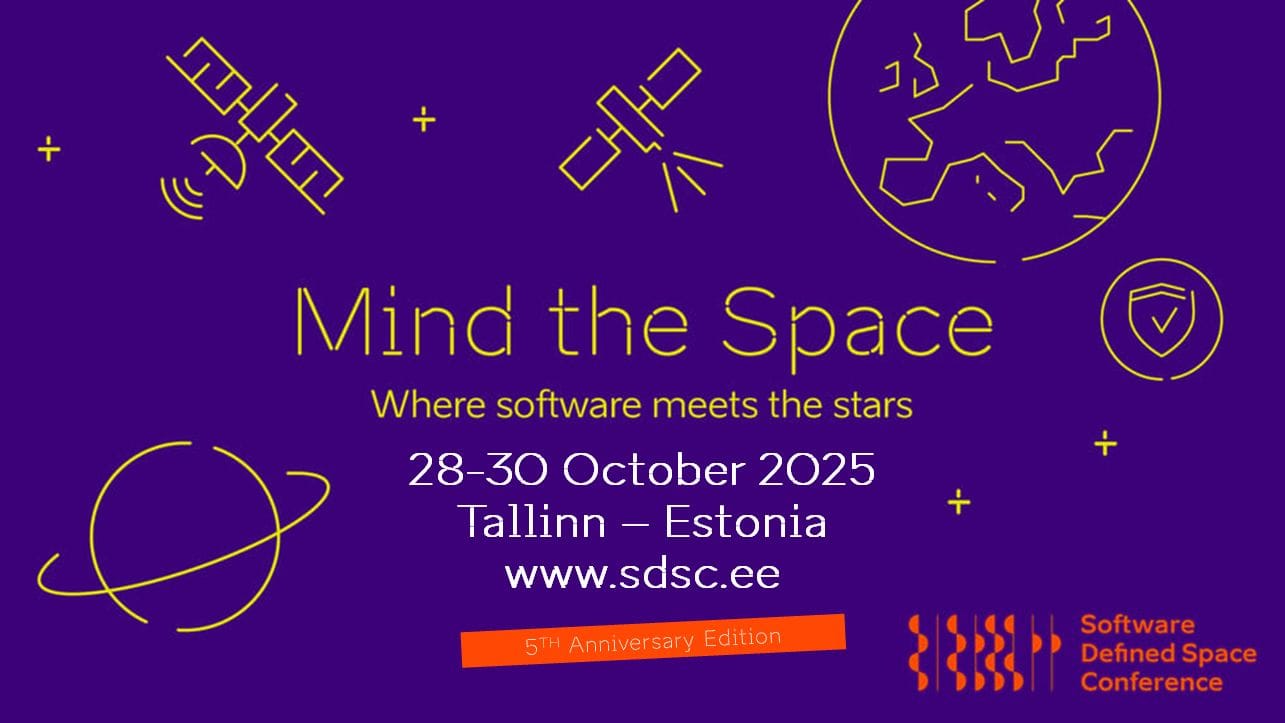
However, the increased reliance on software also introduces potential vulnerabilities, requiring proactive thinking to enhance security during development. We established the conference after noticing that space-related cyber security was underrepresented, especially in Europe. Estonia’s strong reputation in cyber security naturally positioned us to host and bring together industry experts.
The conference has expanded beyond cyber security to address software-defined systems more broadly, incorporating technology, policy-making, and legal aspects for cross-disciplinary dialogue. An exciting emerging area is the intersection between space and gaming. The gaming industry's massive scale and reliance on software present new opportunities for collaboration.
For instance, remote sensing technologies could help create digital twins and realistic gaming environments. Additionally, gaming concepts like hackathons could serve educational purposes, teaching satellite technologies through competitive simulation exercises.
As you work on Estonia's national space legislation, what key challenges have you encountered in balancing innovation with responsible space governance?
Drafting space legislation is a complex and nuanced process. While reading other countries’ space laws might suggest a clear path forward, the reality is far more intricate. The real challenge lies in designing regulations that support industry growth without creating unnecessary barriers. With each step, we uncover new intersections with existing legal frameworks and fresh issues that need attention.
Our approach is to start with a “minimum viable product”—a foundational framework that includes only the most essential elements. We recognize that as the space sector evolves over the next five to ten years, updates will be necessary. For now, our focus is on establishing core processes, such as satellite registration and licensing, to provide legal clarity for all stakeholders.
One area with notable potential is space insurance. Today, it remains an underserved and difficult market, where finding comprehensive and reliable coverage is a challenge. We hope to see more providers enter this space with innovative products to meet growing demand.
Another topic requiring careful legal consideration is the ownership, transfer and use of space debris. Although the idea of removing or repurposing abandoned objects in orbit seems straightforward from a technical standpoint, the legalities of ownership transfer are far more complicated and have prompted in-depth discussions.
Our legislation will also prioritize the use of very low Earth orbit (VLEO), which offers numerous advantages and will feature a more streamlined licensing process compared to higher orbits. Looking ahead, we're also incorporating provisions for lunar missions, acknowledging the growing interest from both industry and academia in lunar exploration.
A key challenge is communicating to the public why space law matters. It may seem remote from everyday concerns, but it’s crucial for creating a stable legal environment in which businesses can invest with confidence, knowing that policies won’t shift unpredictably.
Currently, the space sector is under-regulated rather than over-regulated. Our goal is to ensure that as new rules emerge, they encourage innovation and progress—without becoming overly restrictive. That requires foresight: anticipating how the industry will grow in the next decade so we don’t unintentionally limit future opportunities, whether in orbit or on the Moon.
Looking ahead, what are your ambitions for Estonia's space sector development, and how do you see Estonia's role evolving within the broader European and global space ecosystem?
Estonia aims to become a key player in space cyber security over the coming years, envisioning future missions increasingly relying on Estonian technologies. Over the past decade, we've prioritized R&D to foster innovative technologies and applications.
This year marks Estonia's 10th anniversary of European Space Agency membership, significantly enhancing our industry’s growth and international partnerships. International cooperation remains fundamental, not just within Europe but globally with countries like the US, Japan, and India, as collaboration is especially vital for smaller nations like ours.
Our ultimate ambition goes beyond technology development; we aim to build sustainable businesses around these innovations. Estonia’s space policy is guided by the Ministry of Economic Affairs and Communication, reflecting our industry-centric approach, though we continue close collaborations with academia.
About Paul Liias
Paul Liias is the Head of Space at the Ministry of Economic Affairs and Communication for Estonia. In this role, Paul leads the Estonian Delegation to the European Space Agency (ESA) and oversees Estonia's participation in the EU Space Programme. He is the architect behind the Estonian Space Policy and Program 2020-2027. Currently, Paul is focused on developing national space legislation and a major space strategy update for mid 2025.
Since July 2023, Paul has been the elected Chair of the ESA Administrative and Finance Committee (AFC), where he deals with administrative, staff, financial, and legal related matters. In April 2025 Paul was elected as the Chair of the Administrative Board for the EU Agency for the Space Programme (EUSPA), his two year term will begin on the 18th of June 2025.
Paul's journey in the space sector began in 2008 with his involvement in the first Estonian satellite project, ESTCube-1, where he led the development of mechanical systems. Following the successful launch in 2013, Paul transitioned to entrepreneurship in the space sector until 2016, when he joined the ministry.



